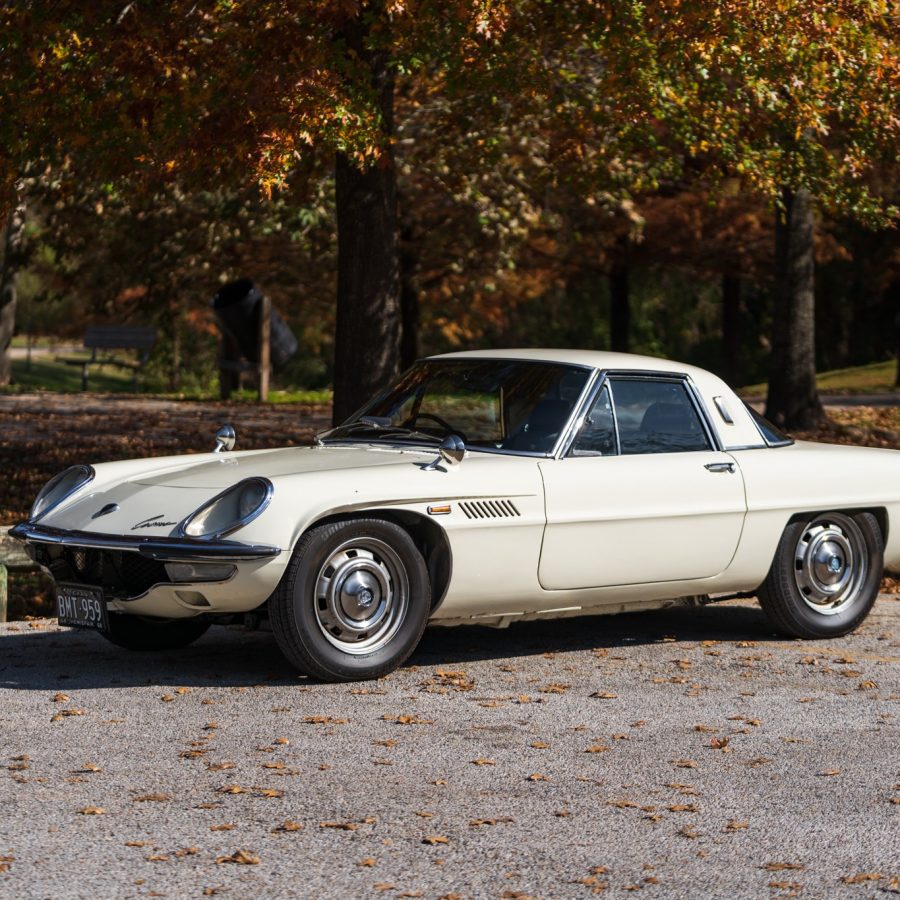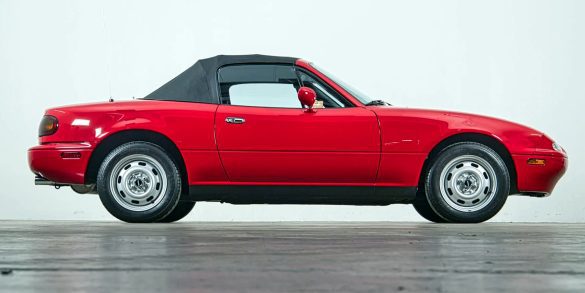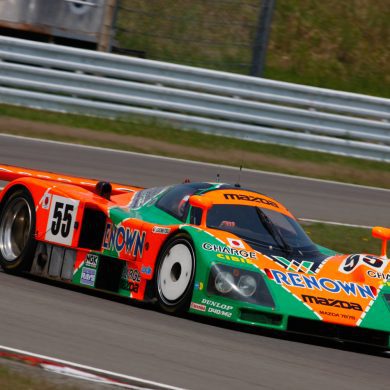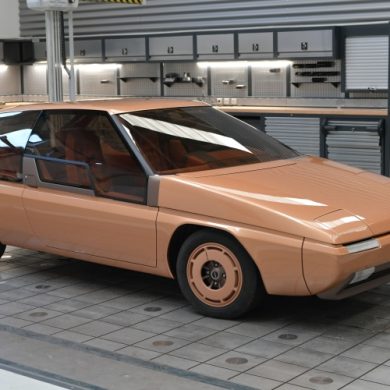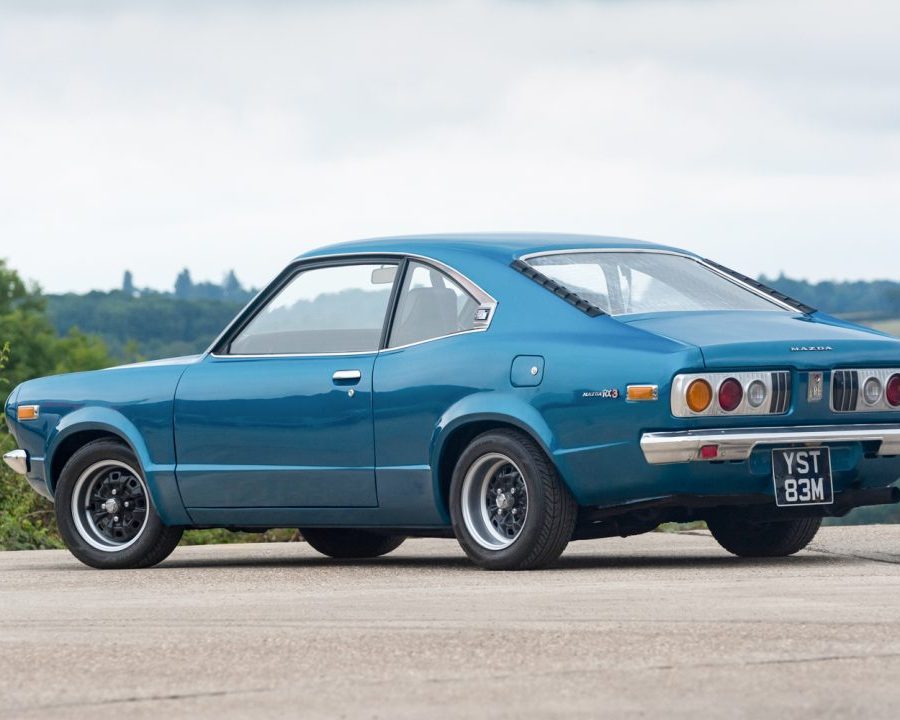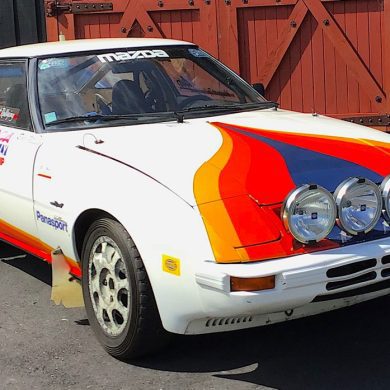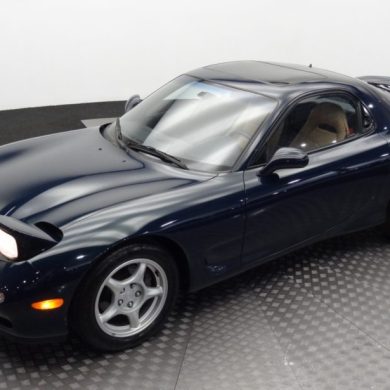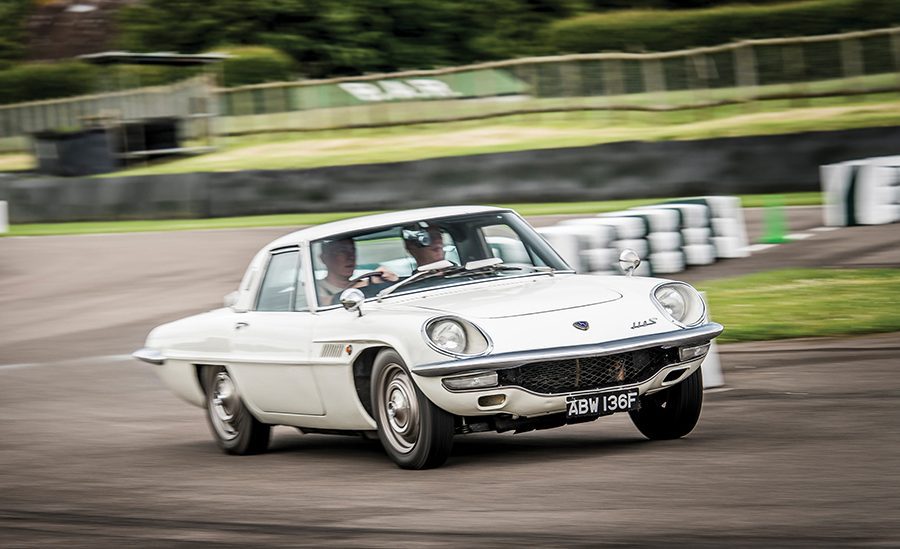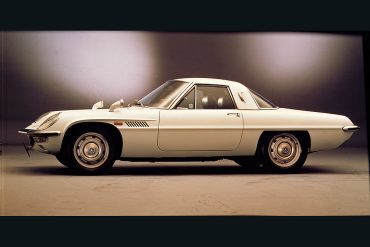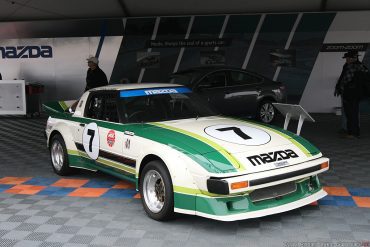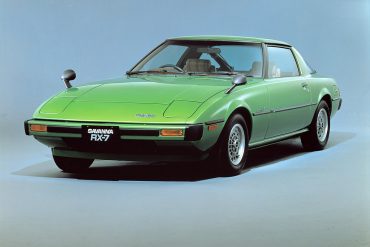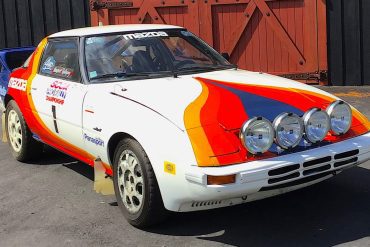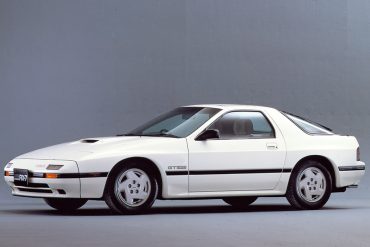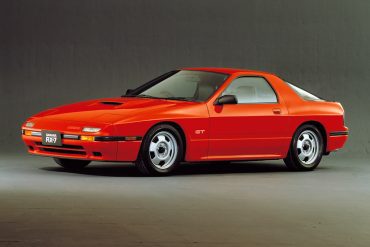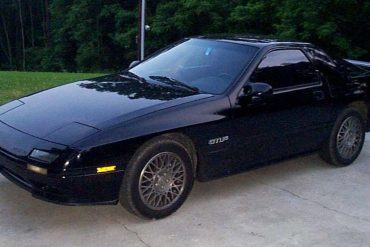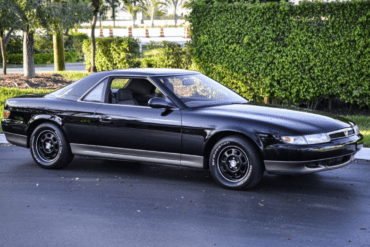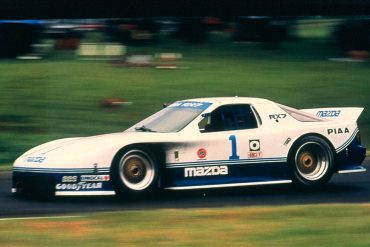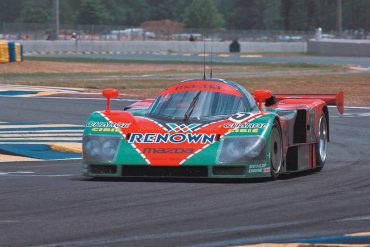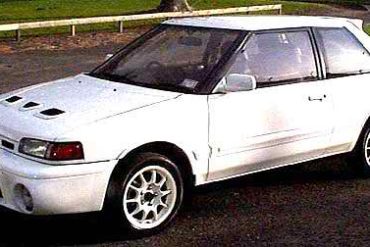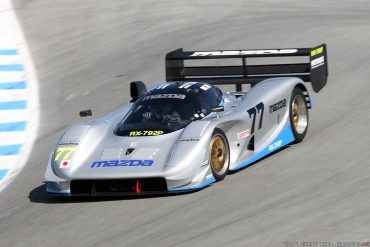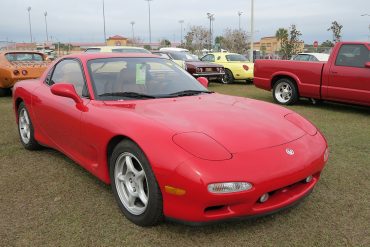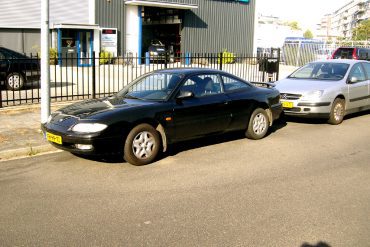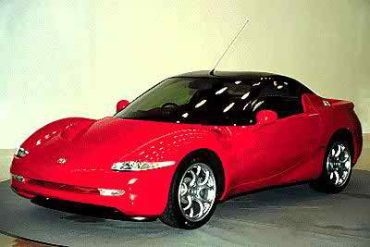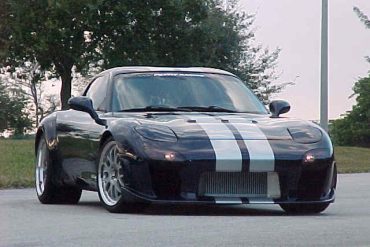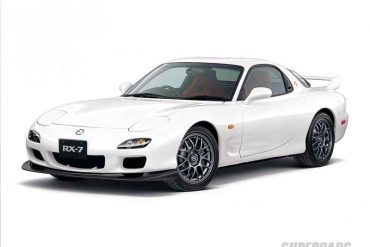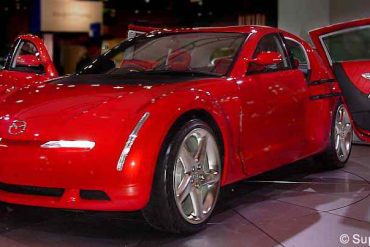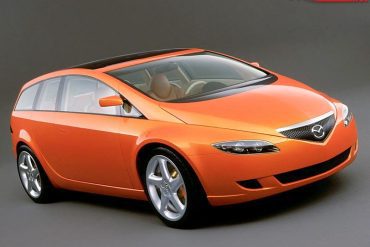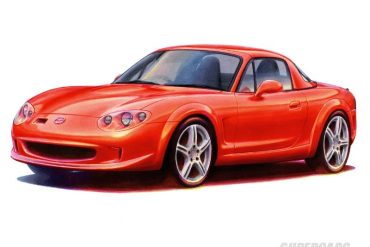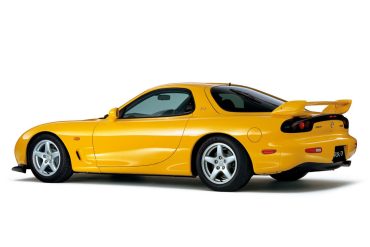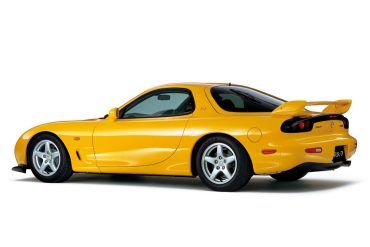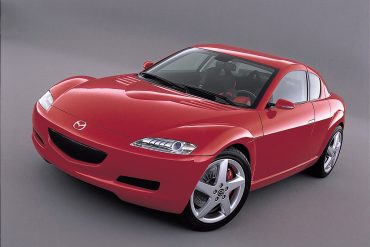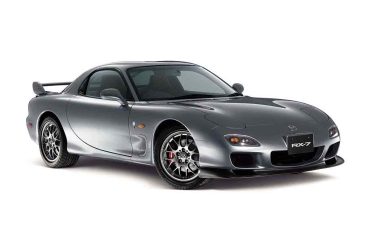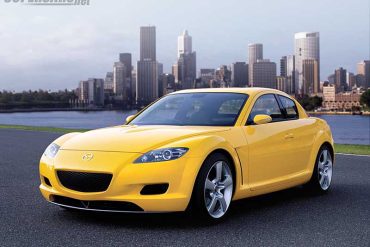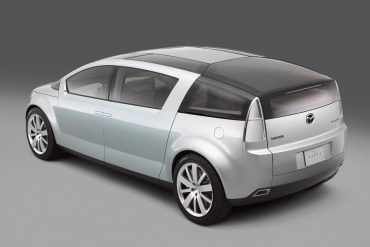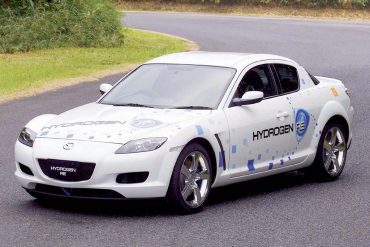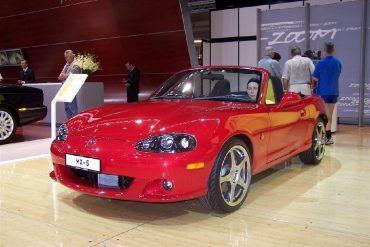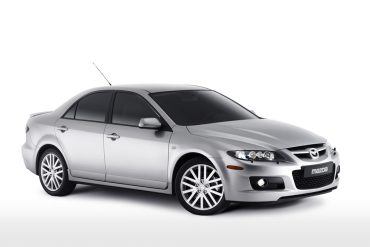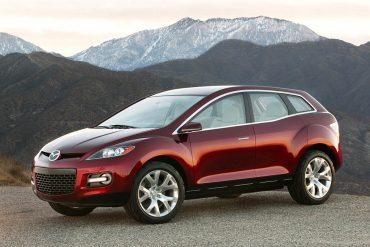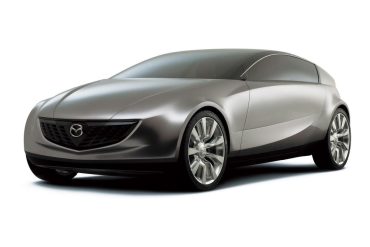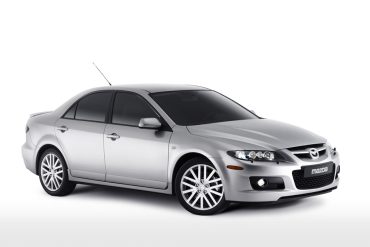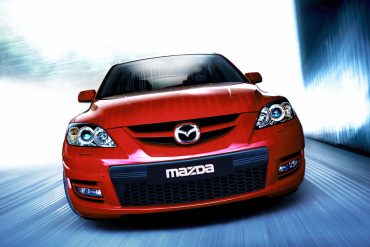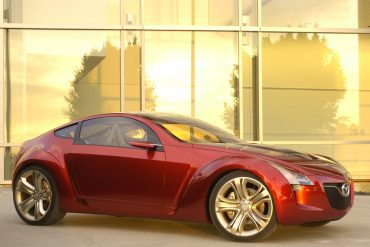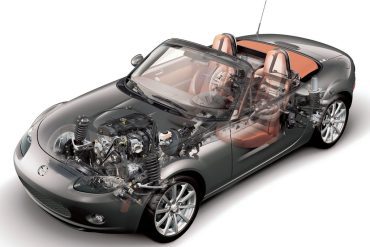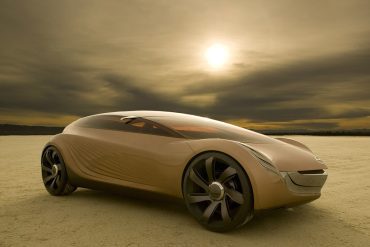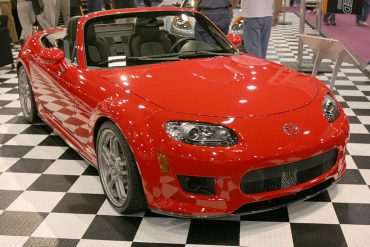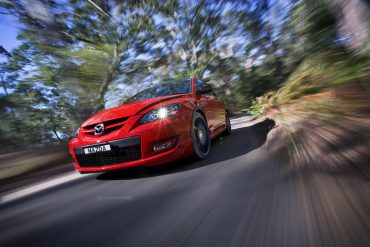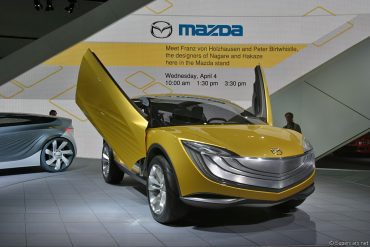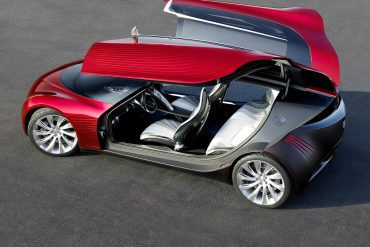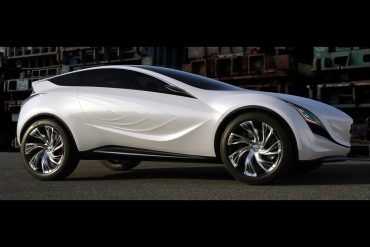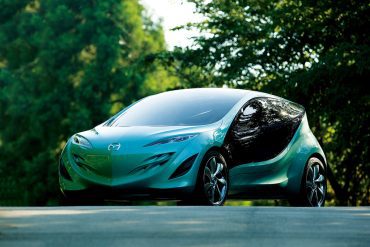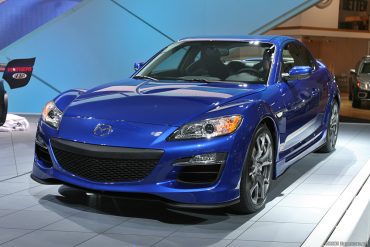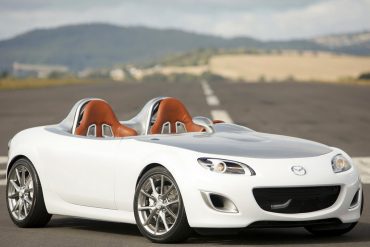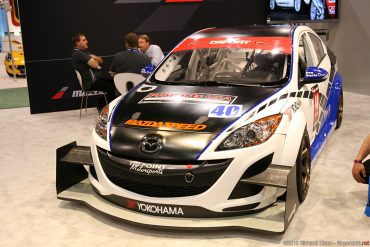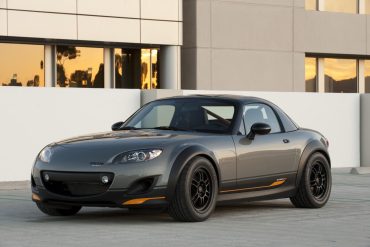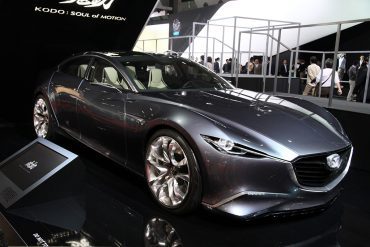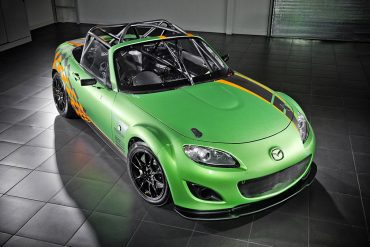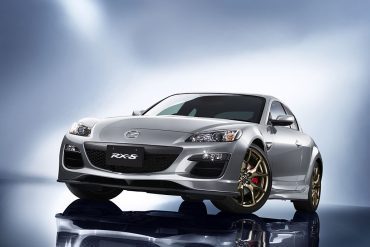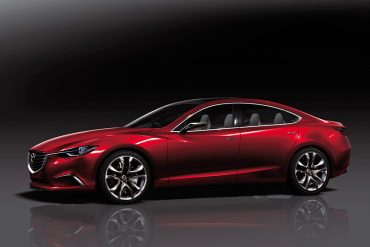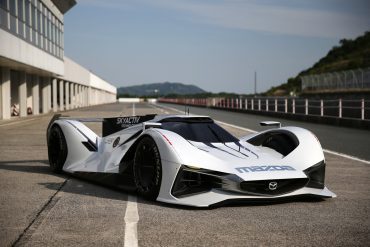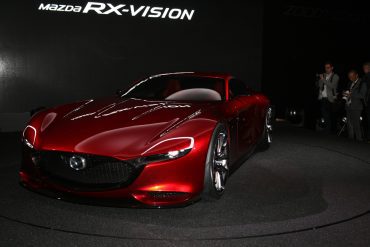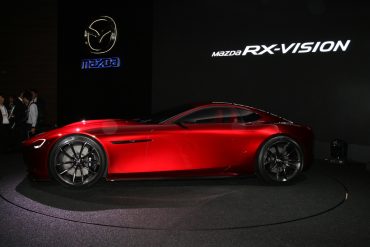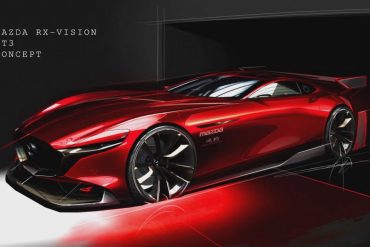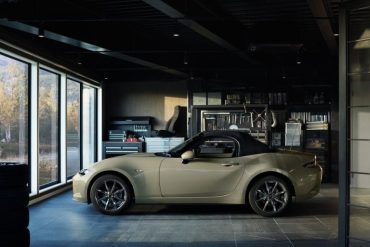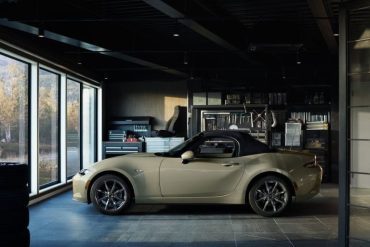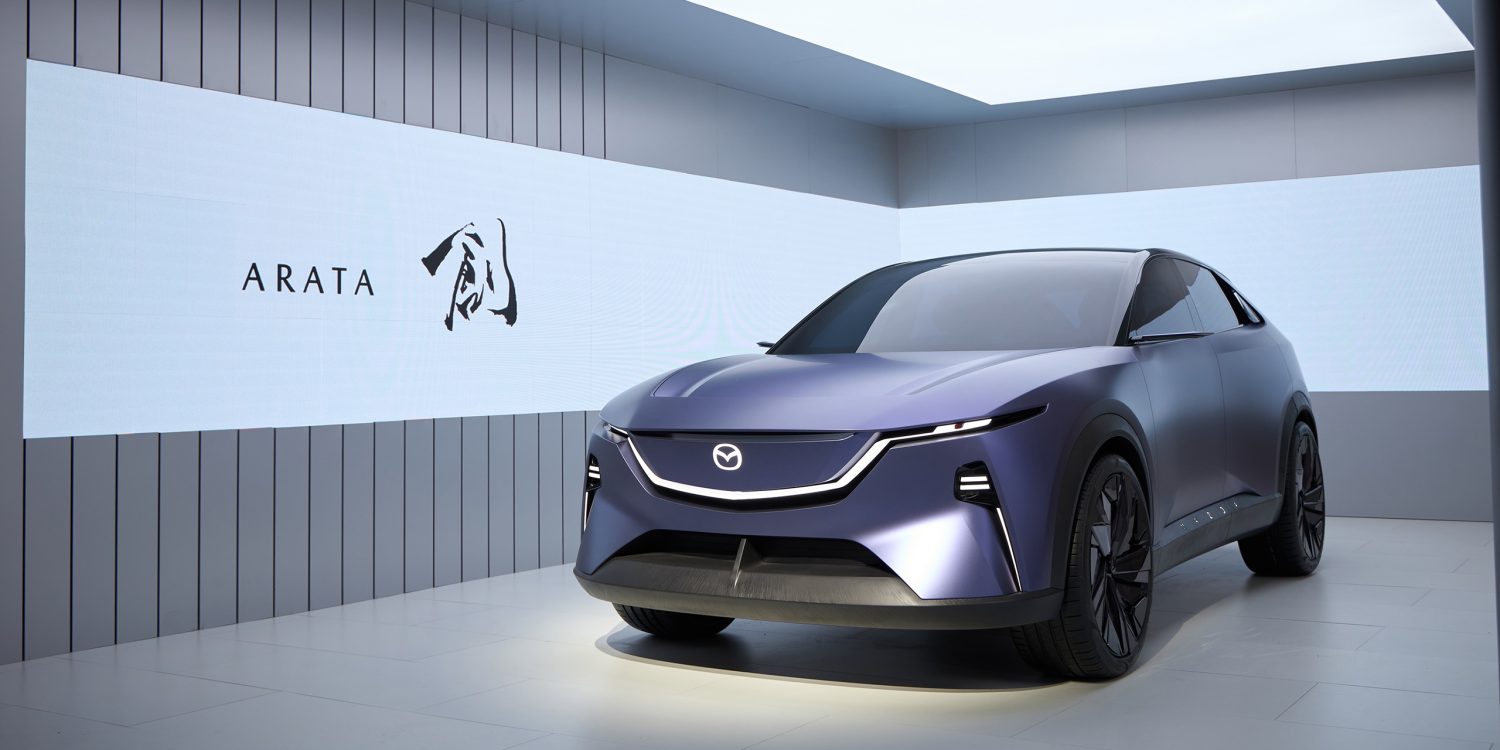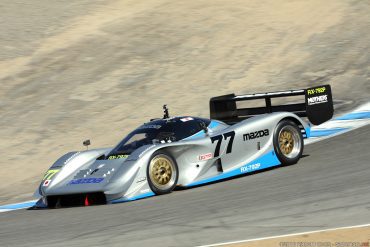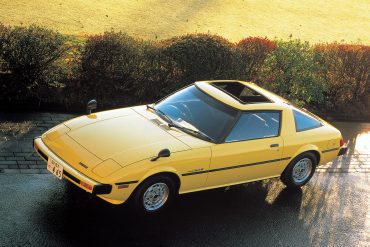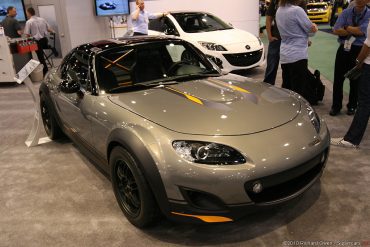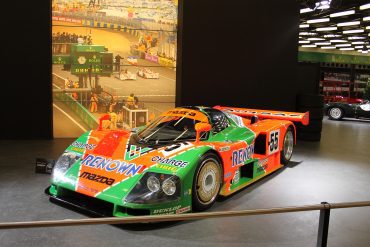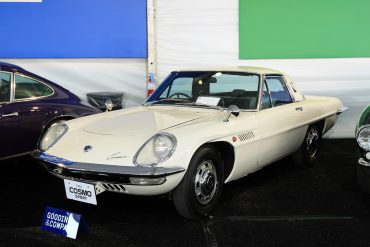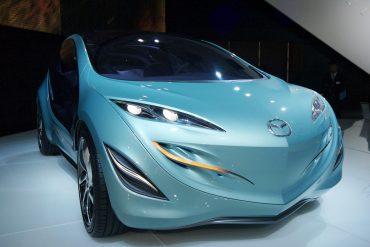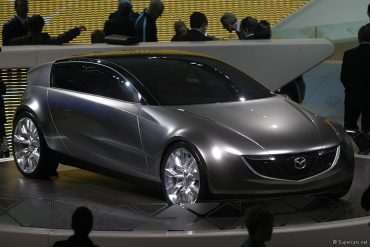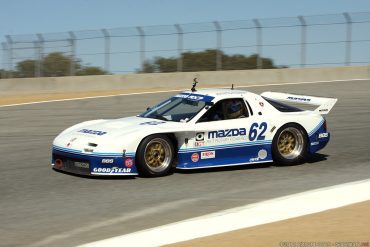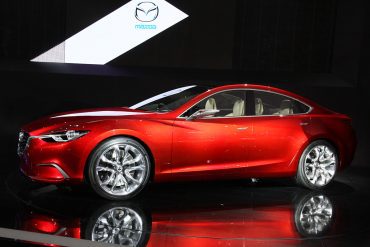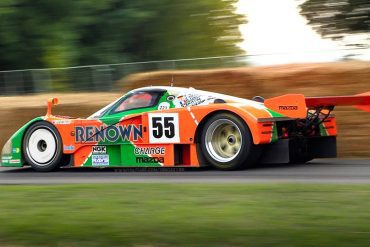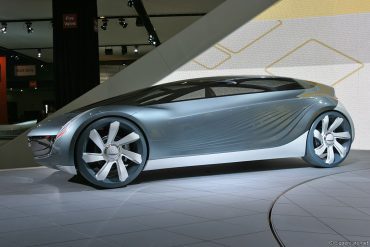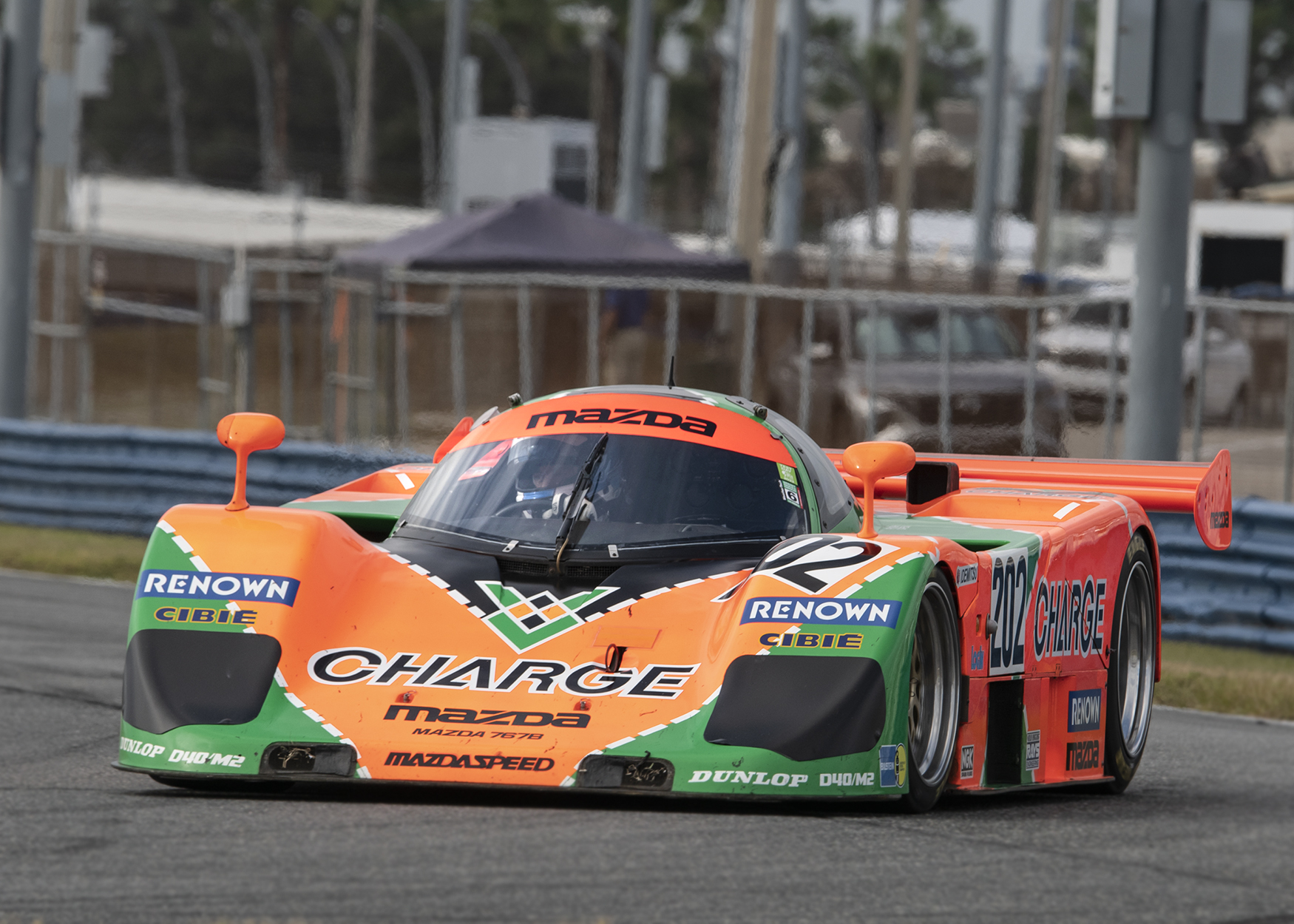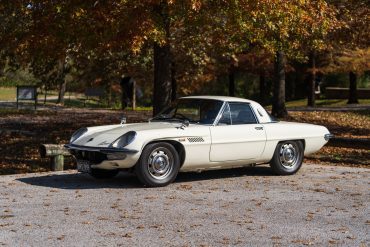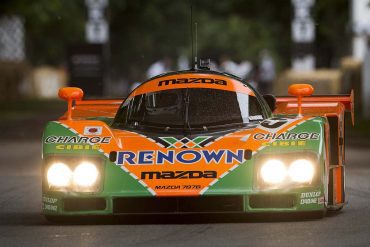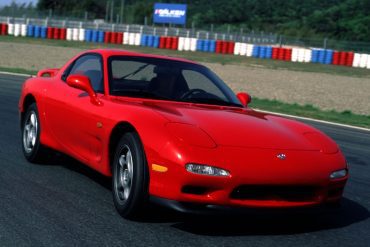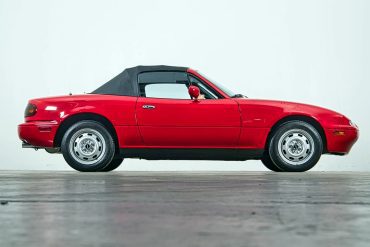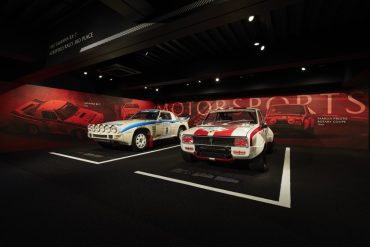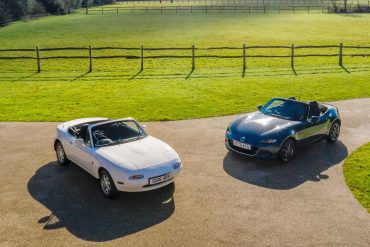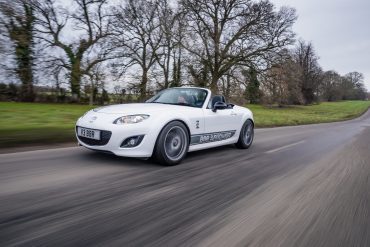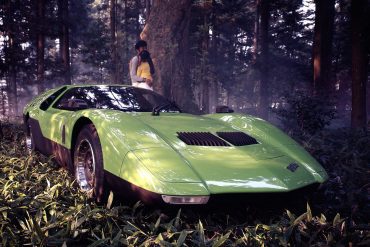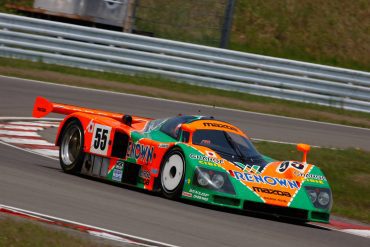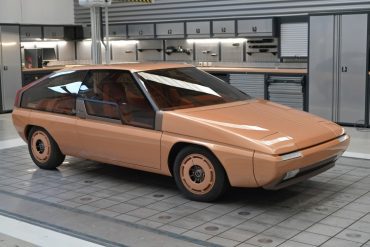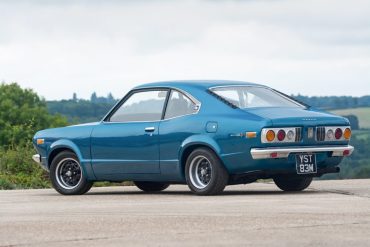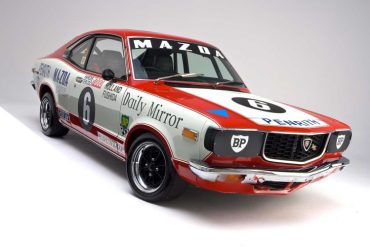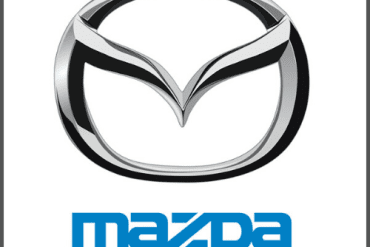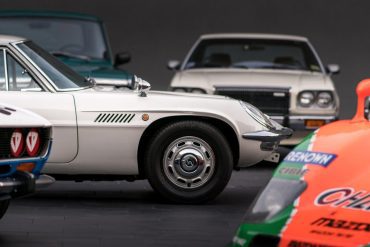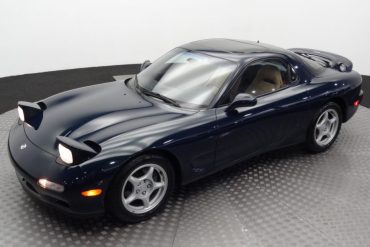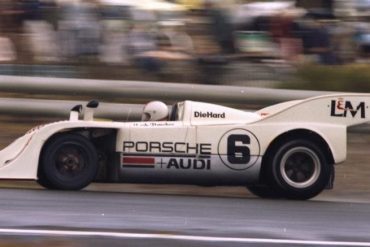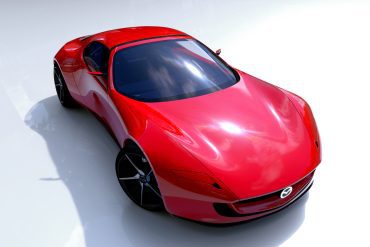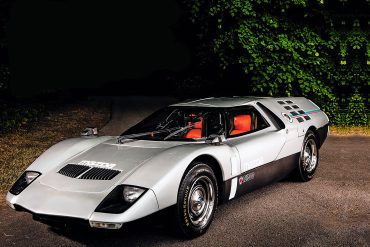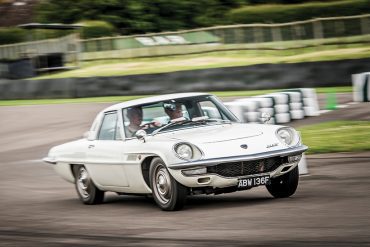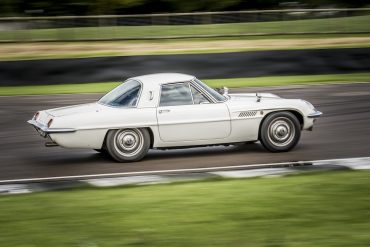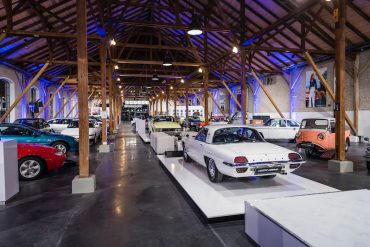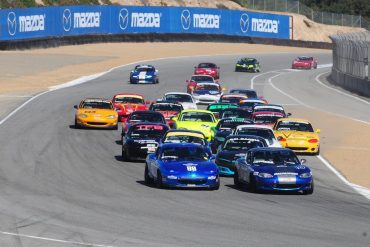
Mazda
Research, History, Reviews, Media & More
Featured Stories / Model List / Model Guides / Images & Videos / News & Updates / Performance Data
Mazda: Innovation and Driving Pleasure
Mazda is a Japanese automaker known for its innovative engineering, stylish designs, and a strong emphasis on driving pleasure. With a history that spans over a century, Mazda has carved out a niche for itself by blending cutting-edge technology with a commitment to crafting cars that are fun to drive. This post explores the founding of Mazda, its evolution over the years, the iconic car models it has produced, and the milestones that have defined its legacy in the automotive world.
The Founding Vision: From Cork Manufacturer to Automaker
Mazda’s origins date back to 1920, when it was founded as Toyo Cork Kogyo Co., Ltd. in Hiroshima, Japan. Initially, the company produced cork products, but it soon diversified into manufacturing machine tools. In 1931, the company ventured into the automotive industry with the introduction of the Mazda-Go, a three-wheeled truck that quickly became popular in Japan for its affordability and reliability.
The name “Mazda” was officially adopted in 1931 and has dual origins. It is partly derived from the name of the company’s founder, Jujiro Matsuda, and partly from Ahura Mazda, the ancient Persian god of wisdom, intelligence, and harmony. This name choice reflects the company’s aspiration to bring wisdom and harmony to the automotive industry.
The Evolution of Mazda: A Legacy of Innovation and Performance
Mazda’s journey from a small cork manufacturer to a globally recognized automaker is marked by several key developments and iconic car models:
Post-War Recovery and Expansion (1940s-1950s):
After World War II, Mazda shifted its focus to producing small, affordable vehicles to help Japan recover economically. The company’s first four-wheeled vehicle, the Mazda R360, was introduced in 1960. This compact two-door coupe quickly became popular for its affordability, fuel efficiency, and innovative engineering, setting the stage for Mazda’s growth in the Japanese domestic market.
The Rotary Engine Revolution (1960s-1970s):
Mazda’s commitment to innovation was exemplified by its pioneering work with the rotary engine, a unique type of internal combustion engine with a rotating triangular rotor instead of pistons. The Mazda Cosmo Sport 110S, introduced in 1967, was the first production car to feature a rotary engine, and it showcased Mazda’s engineering prowess. The rotary engine became a hallmark of Mazda’s identity, leading to the development of several iconic models, including the RX series.
The Mazda RX-7, introduced in 1978, became one of the most famous rotary-powered cars. Known for its lightweight design, agile handling, and rotary engine performance, the RX-7 gained a strong following among driving enthusiasts and achieved significant success in motorsport, particularly in the International Motor Sports Association (IMSA) series.
Success at Le Mans: The Mazda 787B (1991):
In 1991, Mazda made history by becoming the first Japanese automaker to win the 24 Hours of Le Mans, one of the most prestigious endurance races in the world. The Mazda 787B, powered by a rotary engine, claimed victory, making it the first and only rotary-powered car to win Le Mans. This achievement cemented Mazda’s reputation as a leader in innovative engineering and motorsport.
The MX-5 Miata: A Modern Classic (1989-Present):
The Mazda MX-5 Miata, introduced in 1989, is widely regarded as the world’s best-selling two-seater sports car. The MX-5 Miata was designed to capture the spirit of classic British roadsters, offering a lightweight, fun-to-drive experience at an affordable price. Its success has continued for over three decades, with each new generation refining the formula of driving pleasure, reliability, and affordability. The MX-5 Miata’s enduring popularity has earned it numerous awards and a dedicated fan base worldwide.
Introduction of SKYACTIV Technology (2011):
In 2011, Mazda introduced its SKYACTIV technology, a suite of innovations aimed at improving fuel efficiency, reducing emissions, and enhancing driving performance. SKYACTIV technology encompasses everything from engines and transmissions to chassis and body construction, making Mazda vehicles more efficient and enjoyable to drive. This technology has been a cornerstone of Mazda’s strategy to differentiate itself in a competitive automotive market.
Embracing the “KODO” Design Language (2010-Present):
Mazda’s “KODO: Soul of Motion” design language, introduced in 2010, focuses on creating cars that convey a sense of dynamic motion, even when standing still. This design philosophy emphasizes flowing lines, sculpted bodies, and an athletic stance, giving Mazda cars a distinctive, sporty look. The KODO design language has been applied across Mazda’s entire lineup, helping to elevate the brand’s image and appeal to a broader range of customers.
Mazda’s Commitment to Sustainability (2000s-Present):
In recent years, Mazda has made significant strides in developing environmentally friendly technologies as part of its "Sustainable Zoom-Zoom 2030" vision. This initiative aims to reduce carbon emissions across its entire product lineup through the development of hybrid and fully electric vehicles. The introduction of the Mazda MX-30, the brand’s first fully electric vehicle, in 2020 marks a new chapter in Mazda’s journey toward sustainable mobility.
Special Milestones and Achievements
Throughout its history, Mazda has achieved several significant milestones and made lasting contributions to the automotive world:
Pioneering Rotary Engine Technology: Mazda’s development and successful implementation of the rotary engine set it apart from other automakers and established the brand as a leader in innovative engineering.
Le Mans Victory: Mazda’s historic win at the 24 Hours of Le Mans in 1991 with the rotary-powered 787B remains a significant achievement in motorsport history, showcasing the brand’s engineering capabilities and competitive spirit.
Revolutionizing Sports Cars with the MX-5 Miata: The introduction of the MX-5 Miata in 1989 revolutionized the sports car market by offering a fun, affordable, and reliable roadster. The MX-5 Miata’s success has continued for over three decades, making it a modern classic and a symbol of Mazda’s commitment to driving pleasure.
Advancement in Fuel Efficiency and Performance with SKYACTIV Technology: Mazda’s SKYACTIV technology has set new standards for fuel efficiency and driving dynamics, helping the brand remain competitive in a rapidly evolving automotive market.
Innovative Design with KODO Language: The KODO design language has redefined Mazda’s visual identity, bringing a new level of sophistication and dynamism to its vehicles, and has won numerous awards for its aesthetic appeal.
The Enduring Legacy of Mazda
Mazda’s legacy is one of innovation, performance, and a commitment to delivering a unique driving experience. From its early days as a cork manufacturer to its current status as a leader in automotive engineering and design, Mazda has consistently pushed the boundaries of what is possible in the automotive world. Today, Mazda continues to evolve, embracing new technologies and design philosophies while staying true to its heritage of innovation and driving pleasure.
As the brand looks to the future, its focus on sustainability and electrification ensures that Mazda will continue to be a key player in the global automotive market. Whether through its iconic models like the MX-5 Miata or its commitment to developing environmentally friendly technologies, Mazda remains dedicated to creating cars that inspire and delight drivers around the world.
Mazda Basics
Founded: January 30, 1920
Founder: Jujiro Matsuda
Headquarters: 3-1 Shinchi, Fuchū, Hiroshima, Japan
Did You Know
Mazda was founded in 1920 as Toyo Cork Kogyo Co., Ltd. in Hiroshima, Japan. The company originally produced cork products before transitioning to manufacturing tools and, eventually, vehicles in the 1930s.
The name "Mazda" is derived from Ahura Mazda, the god of wisdom, intelligence, and harmony in ancient Persian culture. It also reflects the name of the company's founder, Jujiro Matsuda. The name symbolizes the company’s desire to bring wisdom and harmony to the automotive industry.
Mazda was the first Japanese automaker to have won the 24 Hours of Le Mans. In 1991, the Mazda 787B, powered by a rotary engine, claimed victory, making it the first and only rotary-powered car to win Le Mans. This victory cemented Mazda's place in motorsport history.
The Mazda MX-5 Miata, introduced in 1989, is the world’s best-selling two-seater sports car. Known for its lightweight design, nimble handling, and affordable price, the MX-5 Miata has won numerous awards and remains a favorite among driving enthusiasts around the globe.
More Mazda Content
Mazda Model List
Current Models
Mazda2 (2002 - Current)
Mazda2 Hybrid (2021 - Current)
Mazda3 (2003 - Current)
Mazda2 (2002 - Current)
Mazda3 (2003 - Current)
Mazda6 (2002 - Current)
Mazda EZ-6 (2024 - Current)
Mazda6 (2002 - Current)
Mazda CX-3 (2015 - Current)
Mazda CX-30 (2019 - Current)
Mazda CX-5 (2012 - Current)
Mazda CX-50 (2022 - Current)
Mazda CX-60 (2022 - Current)
Mazda CX-70 (2024 - Current)
Mazda CX-8 (2017 - Current)
Mazda CX-80 (2024 - Current)
Mazda CX-9 (2006 - Current)
Mazda CX-90 (2023 - Current)
Mazda MX-30 (2020 - Current)
Mazda MX-5/Roadster (1989 - Current)
Mazda Bongo (1966 - Current)
Mazda BT-50 (2006 - Current)
Mazda Carol (1962 - Current)
Mazda Flair (2012 - Current)
Mazda Flair Crossover (2014 - Current)
Mazda Flair Wagon (2013 - Current)
Mazda Scrum (1989 - Current)
Mazda Scrum (1989 - Current)
Mazda Bongo Brawny (1983 - Current)
Mazda Bongo (1966 - Current)
Mazda Familia Van (XP160) (2018 - Current)
Mazda Titan (1971 - Current)
Ex-Production Cars
Mazda Go (1931–1959 )
Mazda K360 (1959–1969 )
Mazda R360 (1960–1966 )
Mazda B Series (1961–2006 )
Mazda Familia (1964–2003 )
Mazda Luce (1966–1991 )
Mazda Cosmo (1967–1996 )
Mazda Capella (1970–2002 )
Mazda Pathfinder XV-1 (1970–1973 )
Mazda Mazda Savanna (1971-1991 )
Mazda Parkway (1972–1997 )
Mazda 929 (1973–1997 )
Mazda RX-7 (1978–2002 )
Mazda 626 (1978–2003)
Mazda Persona (1988–1992 )
Mazda 121 (1988–2002 )
Mazda MX-6 (1988–1997 )
Mazda MPV/Mazda8 (1988–2016 )
Mazda Sentia (1990–1998 )
Mazda MX-3 (1990–1998 )
Mazda Revue (1990–1998 )
Mazda Navajo (1991–1994 )
Mazda Cronos (1991–1997 )
Mazda Xedos 6/Eunos 500 (1992–1999 )
Mazda ɛ̃fini MS-8 (1992–1997 )
Mazda AZ-1 (1992–1994 )
Mazda Lantis/323F (1993–1997 )
Mazda Millenia (1993–2002 )
Mazda Familia (1994–2018 )
Mazda Demio (1996–2019 )
Mazda AZ (1998–2014 )
Mazda Premacy/Mazda5 (1999–2018 )
Mazda Tribute (2001–2011 )
Mazda Spiano (2002–2008 )
Mazda RX-8 (2003–2012 )
Mazda RX-8 Hydrogen RE (2003)
Mazda Verisa (2004–2015 )
Mazda CX-7 (2007–2012 )
Mazda Biante (2008–2018 )
Mazda VX-1 (2013–2017 )
Mazda CX-4 (2016–2024 )
Concept Cars
Mazda Activehicle (1999)
Mazda Arata (2024)
Mazda AZ550 (1989)
Mazda BU-X (1995)
Mazda Chantez EV (1972)
Mazda CU-X (1995)
Mazda CVS (1974)
Mazda Deep Orange 3 (2013)
Mazda EX-005 (1970)
Mazda Furai (2008)
Mazda Gissya (1991)
Mazda Hakaze Concept (2007)
Mazda Hazumi (2014)
Mazda HR-X (1991)
Mazda HR-X 2 (1993)
Mazda Ibuki (2003)
Mazda Iconic SP (2023)
Mazda Kaan
Mazda Kabura (2006)
Mazda Kai (2017)
Mazda Kazamai (2008)
Mazda Kiyora (2008)
Mazda Koeru (2015)
Mazda Kusabi (2003)
Mazda Le Mans Prototype (1983)
Mazda LM55 Vision Gran Turismo (2014)
Mazda London Taxi (1993)
Mazda Miata Mono-Posto (1999)
Mazda Minagi (2011)
Mazda MS-X (1997)
Mazda MV-X (1997)
Mazda MX-02 (1983)
Mazda MX-03 (1985)
Mazda MX-04 (1987)
Mazda MX-5 Superlight (2009)
Mazda MX-81 (1981)
Mazda MX-Crossport (2005)
Mazda MX-Flexa (2004)
Mazda MX-Micro Sport (2004)
Mazda MX Sport Tourer (2001)
Mazda MX Sportif (2003)
Mazda Nagare (2006)
Mazda Neospace (1999)
Mazda Nextourer (1999)
Mazda Pair (1987)
Mazda RX-01 (1995)
Mazda RX 87 (1967)
Mazda RX-500 (1970)
Mazda RX-510 (1971)
Mazda RX-Evolv (1999)
Mazda RX-Vision (2015)
Mazda Ryuga (2007)
Mazda Sassou (2005)
Mazda Secret Hideout (2001)
Mazda Senku (2005)
Mazda Shinari (2010)
Mazda SU-V (1995)
Mazda SW-X (1999)
Mazda Taiki (2007)
Mazda Takeri (2011)
Mazda TD-R (1989)
Mazda Vision Coupe (2017)
Mazda Washu (2003)
Mazda Models: In-Depth Guides
We take a look at the Mazda model list and take a deep dive into the models that make this marquee so special.


